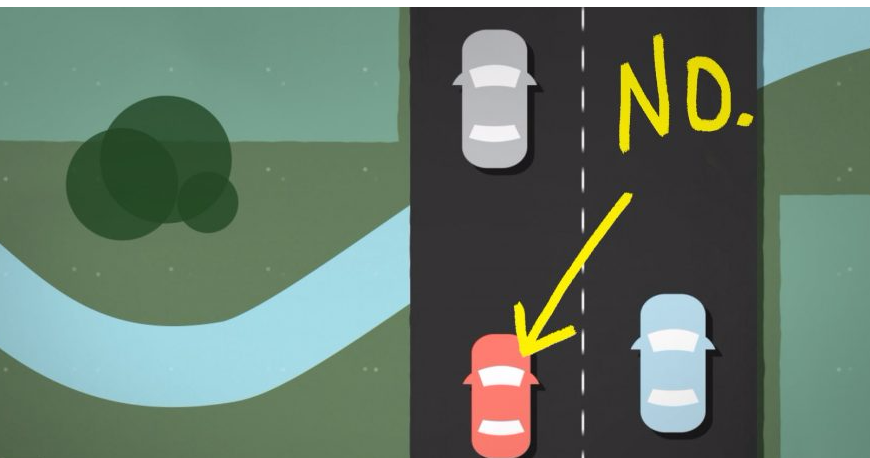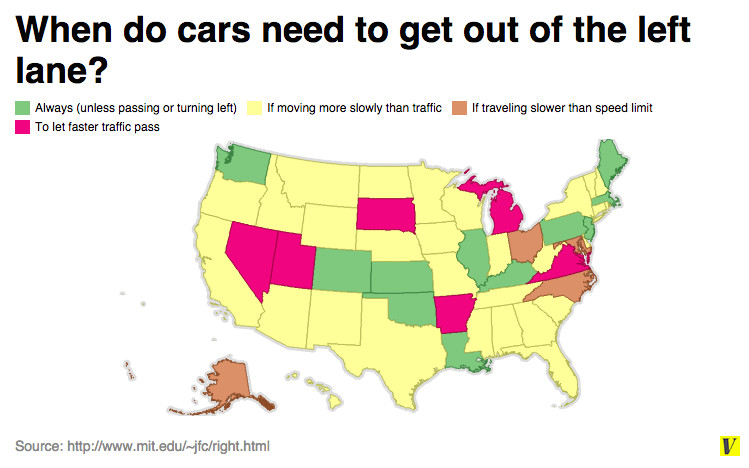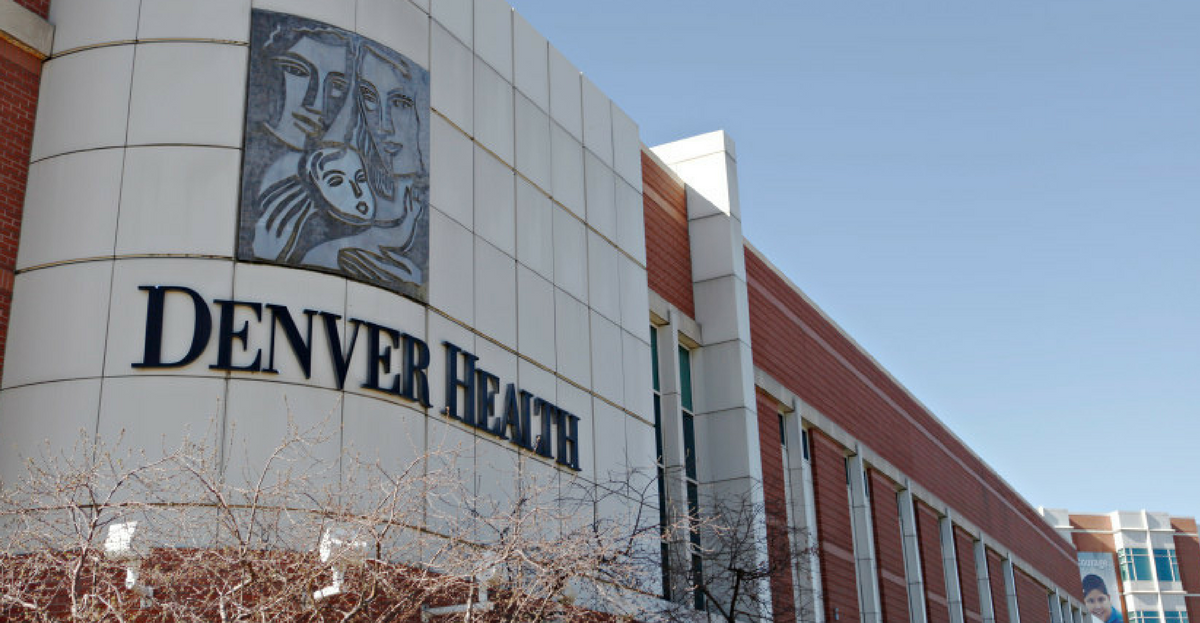We have all experienced the frustration of being stuck behind a slow driver in the left lane.
Whether they are going the speed limit or not, people need to learn the true purpose of the left lane and when to use it.
If people used the rules of the road, there would be fewer slow-downs, less accidents and everyone would be happier during their morning commute.
This scene looks familiar. The car in the left lane is not keeping up with the flow of traffic behind him and this causes the red car to have to change lanes to get around him.
Instead, if the car had just been using the left lane, the red car could have just passed and moved over to the right when there was an opening, allowing the car behind him to also pass.
While lane changes account for 4% of all car accidents in the US, and as much as 10% on highways, research has suggested that the strongest predictor of an accident isn't speeding but the variance from the average speed of traffic. A car going 5 miles per hour slower than the surrounding traffic has a greater chance of causing an accident than one that is going 5 miles per hour faster than it.
Every state has some sort of law that discourages people from travelling in the left lane, reserving it for people to pass or make a left-hand turn. This helps everyone to get to their destinations faster and prevent the potential for accidents from improper lane changes.
The 29 states identified in yellow, say that a car that's moving slower than "the normal speed of traffic" should be in the right lane. In the 11 states shown in green, the laws are even stricter, specifying that the left lane is only for turning or passing. In the remaining states, cars need to get over if they're blocking traffic or travelling less than the speed limit.
Seldom are these laws enforced, however police are cracking down on people who use the left lane incorrectly. In Washington, Texas and Ohio, an increasing number of tickets have been issued for this infraction.
Will this change the way you drive? Share with a friend!


